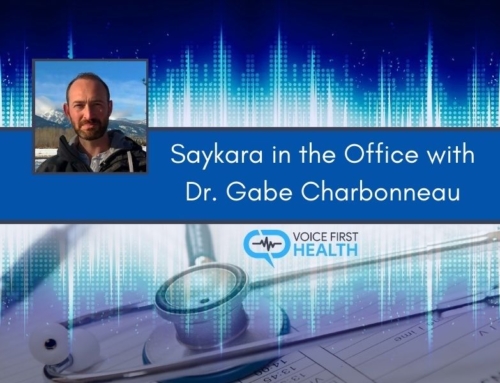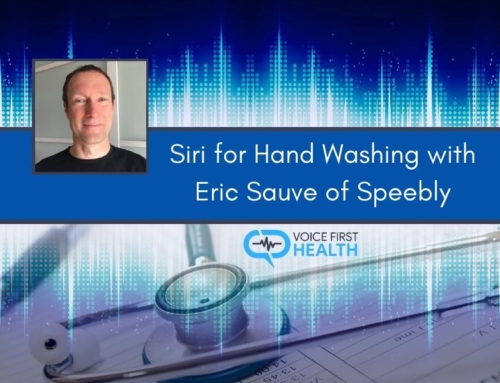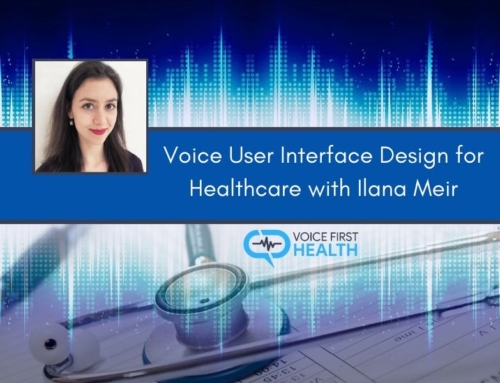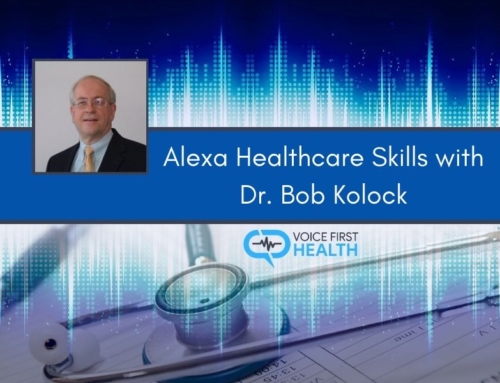VFH Episode 63
In this episode, Teri welcomes Dave Kemp, a thought leader in the intersection between voice-first technology and hearables.
Dave is part of a company called Oak Tree Products and they provide medical supplies and devices to the hearing technology industry. He also has a blog called FuturEar.co where he documents the rapid technological breakthroughs that are occurring in the hearables niche, including biometric sensors and voice assistants that are being incorporated into the hearable devices.
Key Points from Dave!
- How he became an expert in hearables and voice technology.
- The content that he wrote in a chapter of the book, Voice Technology in Healthcare.
- Concrete examples of case scenarios where voice technology can be used to make a difference in people’s lives.
Voice Technology and Hearables: The Origin Story
- The first time he was introduced to voice technology was at one of the first Alexa Conference events. He had gone there because he was researching what would happen with hearables due to that fact that hearing aids were becoming Bluetooth enabled.
- In 2015/2016, all the hearing aids that were coming to market were Bluetooth enabled and so he started thinking about the app economy and what else could be done technology wise in the hearing aid arena.
- The person who got him interested in voice technology was Brian Roemmelle when he came across his content on Twitter and read it.
- Brian talked about voice technology as something that would simplify everything back to the basics such that a four-year-old could communicate with the technology just as a 95-year-old could. That’s what gave Dave the aha moment, and he started to see the potential of smart speakers.
- He realized that if smart speakers continued to proliferate and people continued to increasingly depend on them for more and more things, then people would probably want that type of functionality on their person. He saw the Bluetooth enabled hearing aids as a potential tech to fulfill that.

Voice Technology in Healthcare Book
- Dave wrote a chapter in the book about hearables and how they’re becoming enabled. He started by talking about the technical side of it and progressively wrote about how they would impact the end users.
- There’s been the development of consumer grade devices that have the type of technology that legitimizes them as medical grade wearables and hearables. An example is the Apple Watch. The Apple Watch series 4 even has an ECG monitor.
- There will be a number of applications and environments where that technology will be applied but Dave is more focused on how the everyday person could build a longitudinal health data set (this refers to how someone can collect data about their health a few times a year through a wearable)
- He talked a lot about how the devices work through PPG sensors, which are the optical based sensors that are increasingly being placed into different wearable devices, for example, on the underside of an Apple watch.
- The sensors don’t really capture new things and the machine learning algorithms that are layered on top of them are the ones that create new insights by detecting patterns. Dave talked all about that in the chapter from a data collection standpoint.
- He also wrote about how voice technology could be layered on top of that. He dived into how that would be impactful to end users, caregivers, and all different types of stakeholders.








